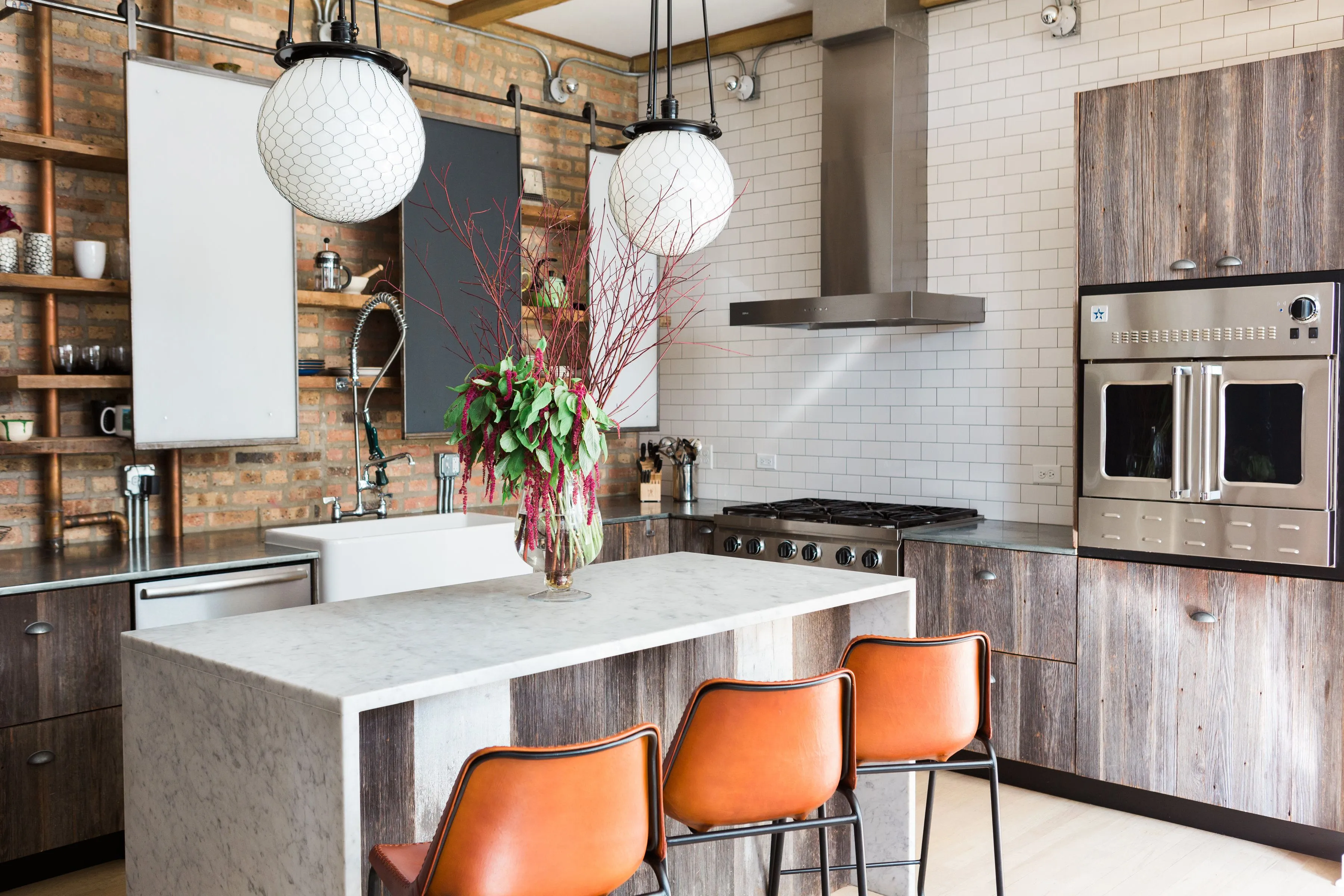Understanding Kitchen Decor Ideas
Revamping your kitchen is an exciting project that can significantly enhance your home’s value and your daily life. Kitchen decor ideas go beyond just aesthetics; they encompass functionality, personal style, and creating a space that reflects your needs and preferences. From the choice of color palettes to the arrangement of appliances, every detail contributes to the overall atmosphere of your kitchen. This guide will provide you with a comprehensive overview of how to transform your kitchen into a stylish and practical space. It is important to have a clear vision before you start, considering your lifestyle, budget, and the existing architecture of your home. Whether you are planning a complete overhaul or a simple refresh, understanding the basic principles of kitchen design is the first step toward a successful transformation. This includes assessing your current kitchen, evaluating your needs, identifying your preferred design style, and selecting the right materials.
Assessing Your Kitchen Space
Before diving into design choices, it’s crucial to assess your existing kitchen space thoroughly. Start by examining the layout, measuring the dimensions, and noting any existing features like windows, doors, and built-in appliances. Consider the flow of traffic within the kitchen and how it connects to other areas of your home. Identify any structural limitations or challenges, such as load-bearing walls or plumbing constraints. Take note of the current lighting situation and the condition of your cabinets, countertops, and flooring. Documenting these details will help you create a realistic plan and avoid unexpected surprises during the renovation process. This assessment will also provide a foundation for making informed decisions about the most effective use of space and the integration of new design elements. Accurate measurements and a clear understanding of your kitchen’s potential and limitations are essential for achieving the desired outcome.
Evaluating Your Needs and Preferences
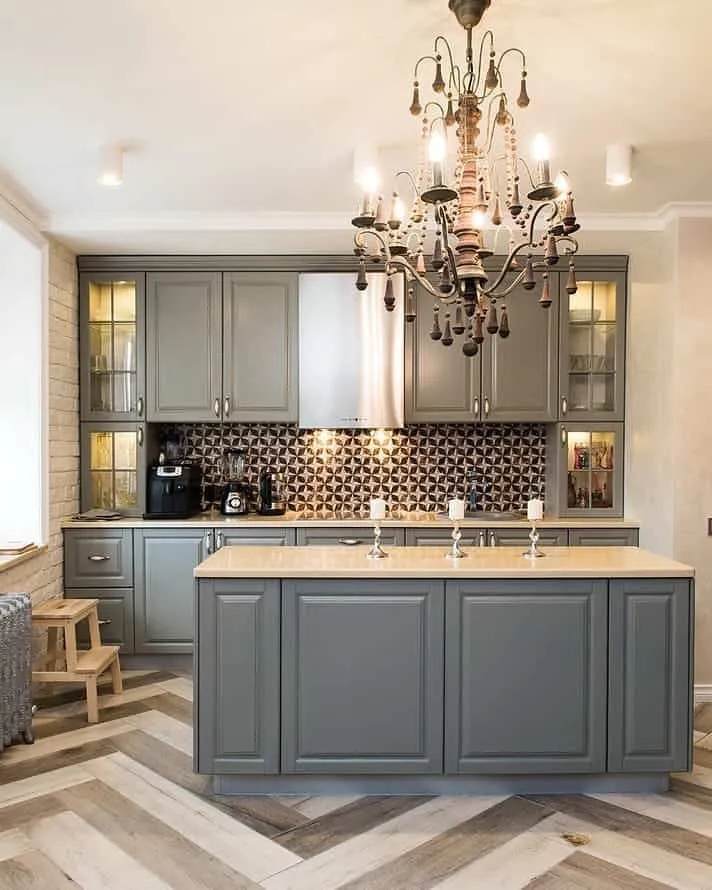
Think about how you currently use your kitchen and what you would like to improve. Consider your cooking habits, entertaining style, and the number of people you typically cook for. Do you need more counter space, storage, or better lighting? Are there any aspects of your current kitchen that frustrate you? Create a list of must-haves and nice-to-haves, prioritizing the features that will make the most significant difference in your daily life. Consider the appliances and gadgets you use regularly and the amount of storage space you need for food, cookware, and utensils. Take into account the aesthetic preferences of your household and whether you prefer a traditional, modern, or eclectic style. This process will help you define your goals and make choices that align with your lifestyle and taste. Furthermore, create a budget to know what you can spend.
Identifying Your Design Style
Kitchen design encompasses various styles, each with its unique characteristics. Research different styles and create a mood board to gather inspiration. Consider your home’s architectural style and how you want the kitchen to complement it. Do you lean towards the clean lines of modern design, the warmth of a rustic aesthetic, or the classic elegance of traditional kitchens? Browse magazines, websites, and social media platforms like Pinterest and Instagram to gather ideas. Focus on the elements that resonate with you, such as color palettes, cabinet styles, countertop materials, and lighting fixtures. Understanding your preferred style will guide your choices and help create a cohesive and visually appealing kitchen. Explore what fits your lifestyle the most, whether it’s minimalism or something that is more open. A well-defined style will help you make cohesive decisions throughout the renovation process.
Modern Kitchen Decor
Modern kitchens are characterized by clean lines, minimalist design, and a focus on functionality. They often feature flat-panel cabinets, sleek hardware, and neutral color palettes with pops of color. Stainless steel appliances, quartz or engineered stone countertops, and minimalist lighting fixtures are common elements. Modern kitchens prioritize open layouts, maximizing natural light, and incorporating smart technology. The emphasis is on creating a streamlined and uncluttered space that is both stylish and practical. In a modern kitchen, everything has its place, and the design is meant to make cooking and entertaining as easy as possible. Modern kitchens prioritize a sense of openness and airiness, often using neutral tones like white, gray, and black as a base and adding pops of color through accessories or accent walls. The use of natural materials like wood and stone can add warmth and texture to a modern kitchen.
Sleek and Minimalist Kitchens
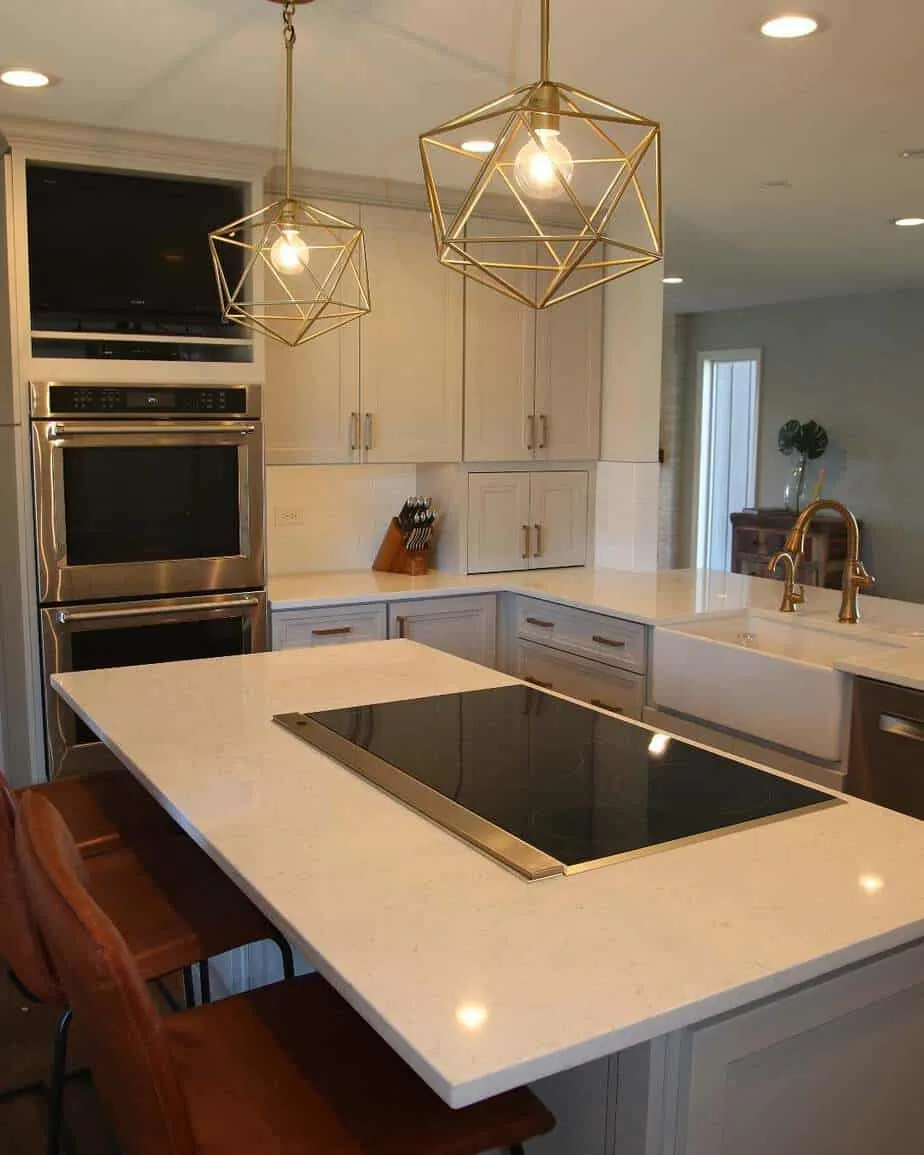
Sleek and minimalist kitchens take modern design to its extreme, emphasizing simplicity and functionality above all else. These kitchens feature minimal ornamentation, hidden storage, and a focus on seamless surfaces. Flat-panel cabinets without hardware, integrated appliances, and flush-mount lighting are typical. Color palettes are often monochromatic, with white, gray, or black dominating. The goal is to create a clutter-free, Zen-like space that promotes a sense of calm and order. Minimalism is about removing anything that isn’t essential. In a sleek and minimalist kitchen, every element serves a purpose, and the overall design creates a sense of spaciousness and tranquility. This is an extremely functional kitchen style that uses simple, easy to clean, materials.
Industrial Kitchen Designs
Industrial kitchens draw inspiration from the aesthetics of factories and warehouses, featuring exposed brick, metal accents, and open shelving. They often incorporate raw materials like concrete, reclaimed wood, and stainless steel. Pendant lights, vintage-inspired fixtures, and a neutral color palette with pops of color are common. Industrial kitchens are all about embracing imperfections and celebrating the character of the space. The style creates a sense of edginess and a distinct personality. Exposed ductwork, concrete floors, and large windows add to the industrial vibe. This style allows for customization and is very durable. Appliances are often stainless steel, reflecting the style. The overall feel is a fusion of raw materials and modern functionality.
Rustic Kitchen Charm
Rustic kitchens evoke a sense of warmth, comfort, and nostalgia. They often feature natural materials like wood, stone, and brick, along with vintage-inspired details. Farmhouse sinks, shaker-style cabinets, and open shelving are common elements. Earthy color palettes, such as creams, greens, and browns, are typical. The aim is to create a cozy and inviting space that feels lived-in and welcoming. Rustic kitchens often incorporate elements of the outdoors. The use of wood in cabinets, countertops, and flooring brings warmth and character to the space. The key is to strike a balance between functionality and creating a welcoming atmosphere. Rustic kitchens often feature a mix of textures and materials, from rough-hewn beams to smooth stone countertops, which adds visual interest and depth. The inclusion of vintage or antique pieces, such as a farmhouse table or a collection of mismatched chairs, can enhance the rustic charm.
Traditional Kitchen Elements
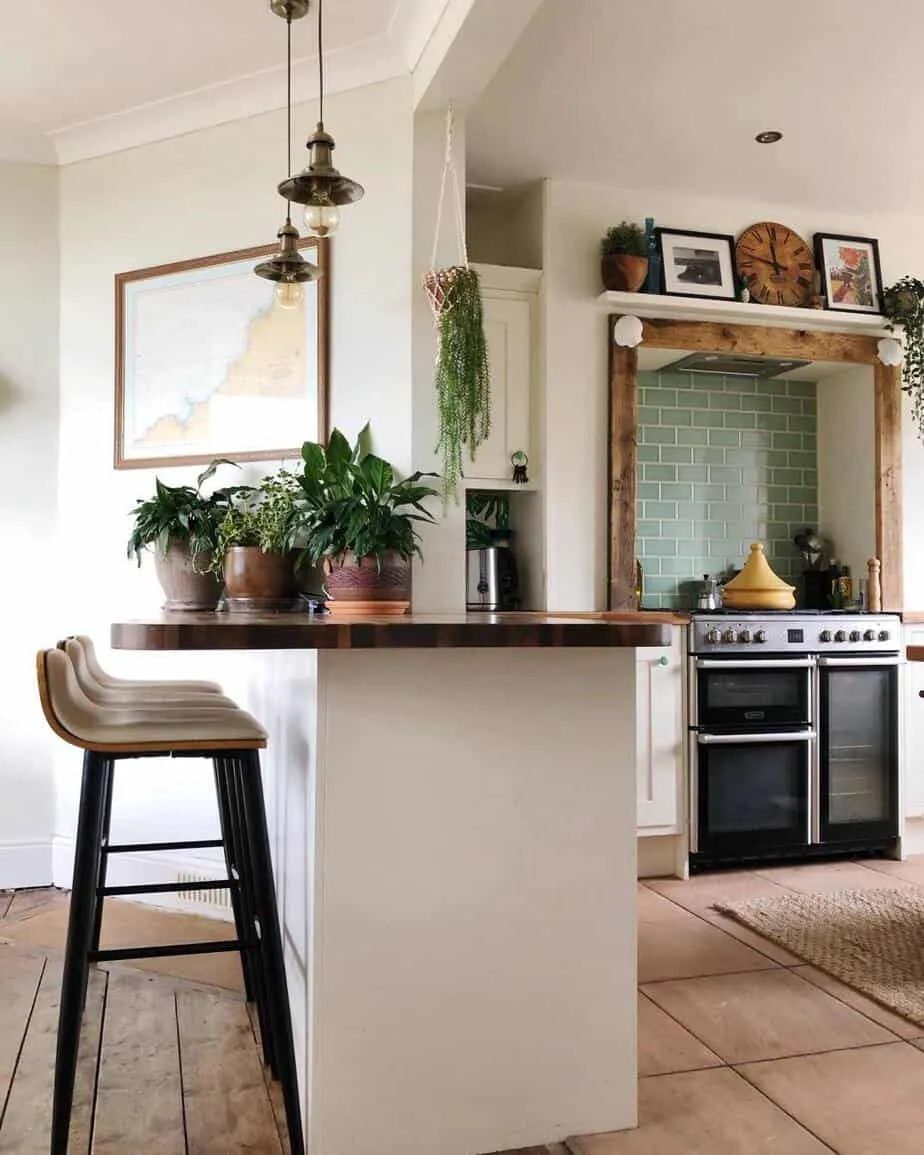
Traditional kitchens exude timeless elegance and a sense of classic style. They often feature ornate details, such as raised-panel cabinets, crown molding, and detailed hardware. Neutral color palettes, such as whites, creams, and soft grays, are typical, with accent colors used for warmth. Traditional kitchens often incorporate classic materials like granite, marble, and hardwood. The goal is to create a sophisticated and refined space that feels comfortable and functional. These kitchens often include decorative elements such as framed artwork, decorative plates, and antique accessories. The use of high-quality materials and craftsmanship is paramount in traditional kitchens. These kitchens incorporate a sense of familiarity and comfort. The overall ambiance is one of refined elegance and enduring appeal.
Selecting the Right Colors and Materials
Color and materials play a crucial role in defining the style and atmosphere of your kitchen. Choose colors that complement your chosen design style and reflect your personal preferences. Consider the size of your kitchen and the amount of natural light when selecting colors. Lighter colors can make a small kitchen feel more spacious, while darker colors can create a cozy and intimate atmosphere. Select durable materials for countertops, flooring, and backsplashes that can withstand daily use and stand the test of time. Prioritize materials that are easy to clean and maintain. Consider the overall flow and harmony of your kitchen. Materials include a variety of options, from natural stone to engineered surfaces. Consider a palette and material selection early in the design process to ensure a cohesive and visually appealing result. Always choose quality over quantity, and consider your lifestyle.
Color Psychology in Kitchens
Colors have a powerful impact on our mood and emotions. Consider the psychological effects of different colors when choosing your kitchen palette. White and light colors create a sense of spaciousness and cleanliness, while also reflecting light. Blue can create a calming and relaxing atmosphere, while green is associated with nature and tranquility. Yellow can stimulate appetite and create a cheerful environment, while red adds energy and excitement. Consider the activities that take place in your kitchen and choose colors that support those activities. The color scheme should reflect the type of mood you are looking to achieve. Understanding how colors affect our emotions can help you create a kitchen that is not only beautiful but also promotes well-being. Consider the colors that you enjoy and what they say about you.
Choosing Durable Countertops
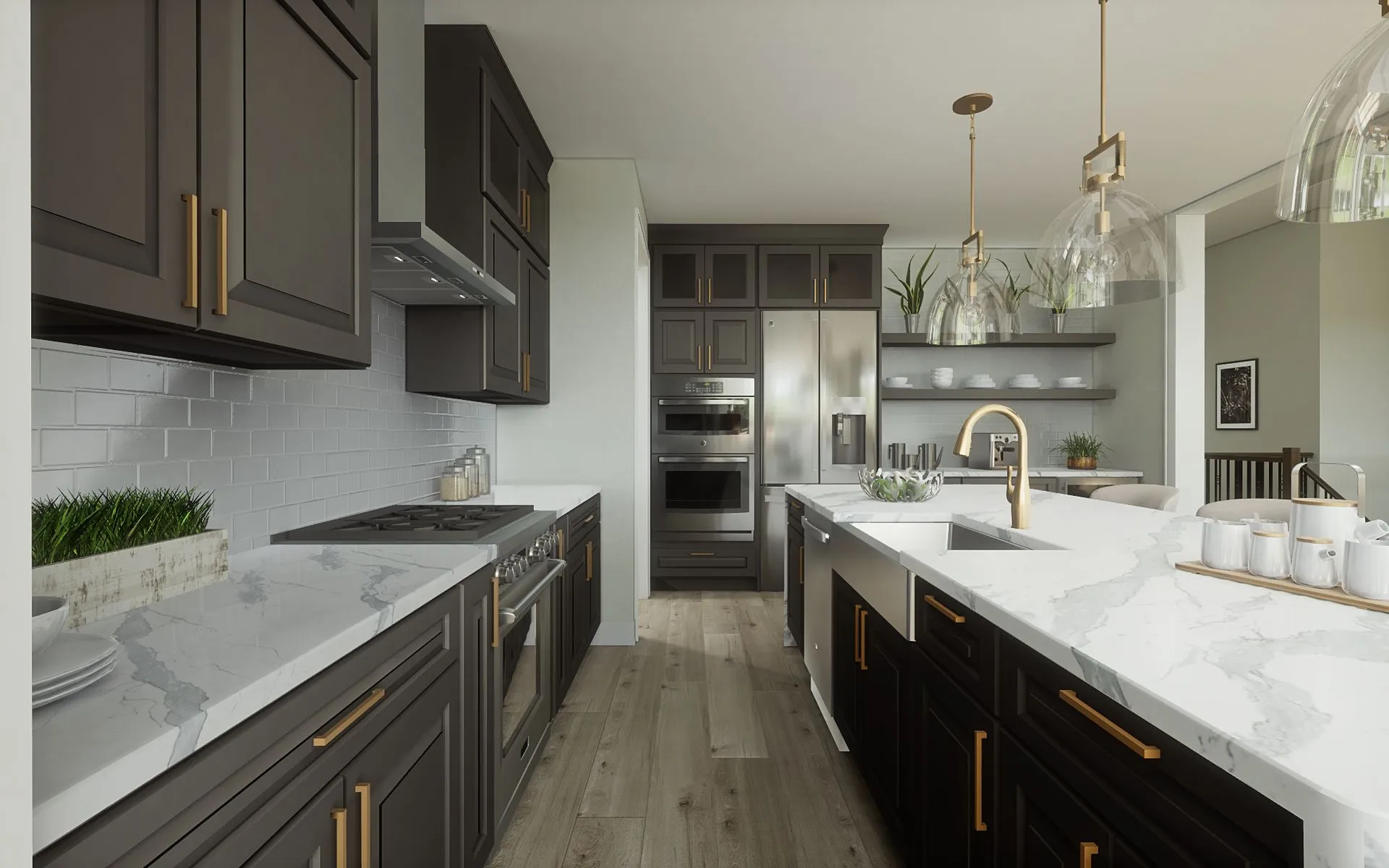
Countertops are a focal point of your kitchen, and choosing the right material is essential. Consider durability, maintenance, and aesthetics when making your selection. Granite and quartz are popular choices known for their durability and resistance to stains and heat. Marble offers a luxurious look but requires more maintenance. Solid surface countertops, such as Corian, are seamless and easy to clean. Butcher block countertops add warmth and character but require regular oiling. Consider your budget and lifestyle when choosing a countertop material. You should evaluate and choose based on its intended use and how it will affect daily life. Always compare options, visit showrooms, and gather samples to make an informed decision. Evaluate different countertop materials based on their performance characteristics, such as stain resistance, heat resistance, and scratch resistance.
The Importance of Lighting
Lighting is a critical element of kitchen design. It not only illuminates the space but also enhances its ambiance and functionality. A well-designed lighting plan incorporates various types of lighting to create a layered effect. Consider the different tasks that take place in your kitchen, and choose lighting that supports these activities. Incorporate a mix of ambient, task, and accent lighting to create a balanced and visually appealing space. In addition, lighting plays a key role in influencing the mood and feel of a space. Proper lighting is essential for both functionality and aesthetics.
Ambient Lighting for Ambiance
Ambient lighting provides general illumination throughout the kitchen. It sets the overall mood and creates a sense of warmth and comfort. Recessed lights, pendant lights, and chandeliers are common sources of ambient lighting. Consider the height of your ceiling and the size of your kitchen when choosing ambient lighting fixtures. Use dimmers to control the intensity of the light and create different atmospheres. Ambient lighting should provide even illumination throughout the space. Choose fixtures that complement your design style and provide the right amount of light. The goal is to create a welcoming and inviting atmosphere that is conducive to both cooking and socializing.
Task Lighting for Functionality
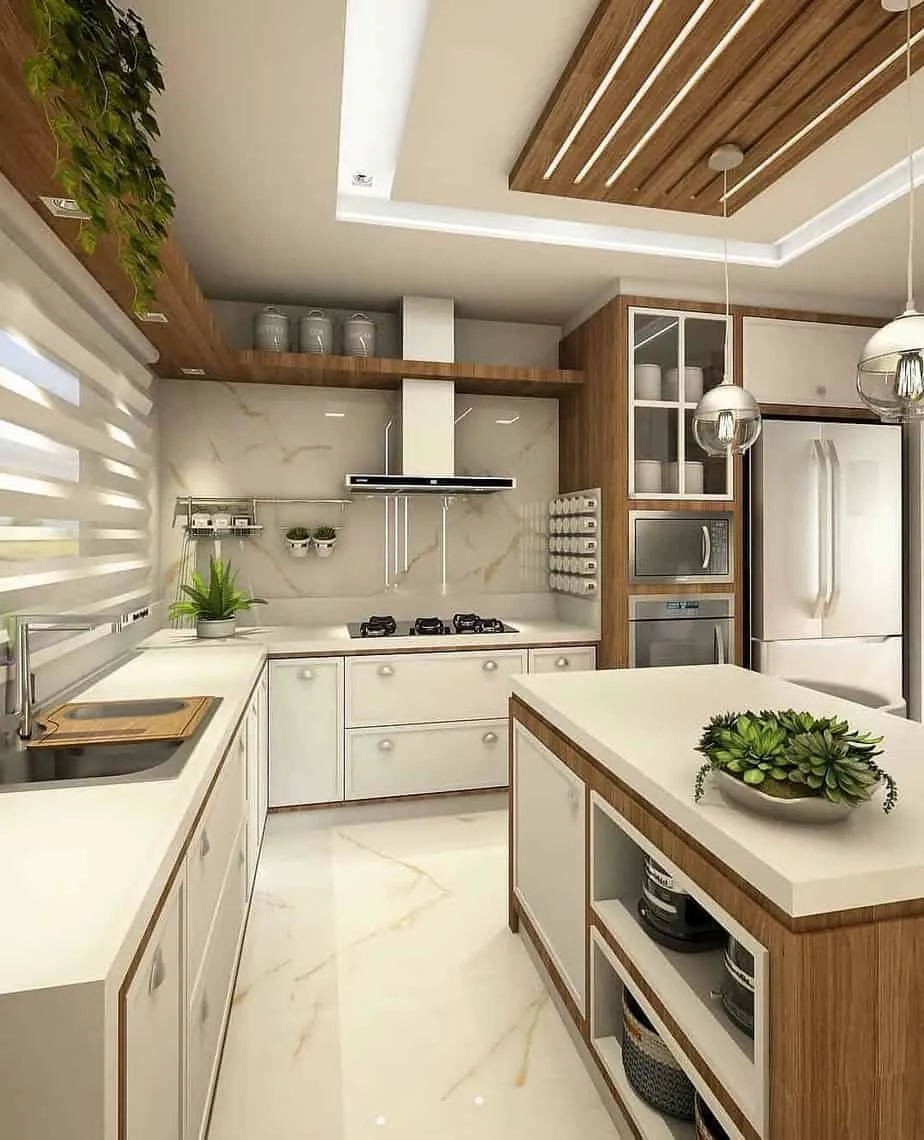
Task lighting is essential for performing specific activities in the kitchen. It provides focused illumination for tasks such as cooking, food preparation, and cleaning. Under-cabinet lights, pendant lights over islands, and spotlights are all forms of task lighting. Ensure that task lighting is bright enough to illuminate your work surfaces without creating harsh shadows. Consider the placement of your appliances and work areas when planning your task lighting. Task lighting improves functionality and enhances safety. It helps you see clearly when you are working with knives, chopping vegetables, or reading recipes. Task lighting enhances efficiency and promotes a better experience.
Accent Lighting for Style
Accent lighting adds visual interest and highlights specific features in your kitchen. It can be used to showcase artwork, architectural details, or decorative objects. Consider using accent lighting to create a focal point or to add a touch of drama. LED strip lights, track lighting, and wall sconces are all effective options for accent lighting. Choose fixtures that complement your design style and enhance the overall aesthetic of your kitchen. Accent lighting is all about highlighting key design features. This form of lighting adds depth and visual interest to the kitchen. It creates a sense of sophistication and adds a unique style to your space.
Optimizing Kitchen Layout and Functionality
The layout of your kitchen is a key factor in its functionality and efficiency. Consider the work triangle, which is the imaginary line connecting the sink, the refrigerator, and the stove. The work triangle should be easy to navigate and free from obstructions. Ensure that you have adequate counter space for food preparation, cooking, and serving. Optimize the placement of your appliances, storage, and work areas to maximize efficiency. A well-designed kitchen layout will make cooking and cleaning more enjoyable and efficient. Think about the flow of traffic within your kitchen, and plan the layout accordingly. The best layout will maximize space utilization and ensure that your kitchen works well for your lifestyle. Consider the needs of others who use the space, and make sure your design meets the requirements of everyone who uses the kitchen.
Maximizing Storage Solutions
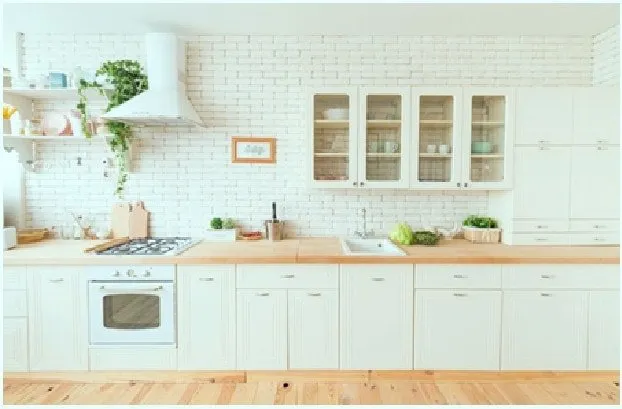
Adequate storage is essential for keeping your kitchen organized and clutter-free. Maximize storage space by utilizing cabinets, drawers, shelves, and pantry systems. Consider the types of items you need to store and choose storage solutions that meet your needs. Utilize corner cabinets, pull-out shelves, and drawer dividers to make the most of your space. Consider adding a pantry to store food and other kitchen essentials. Think about where things are located in the kitchen and design it for usability. Maximize your space and optimize the utilization. Think about how to efficiently store all necessary kitchen items.
Integrating Smart Kitchen Technology
Smart kitchen technology offers numerous benefits, including convenience, efficiency, and energy savings. Consider integrating smart appliances, such as refrigerators, ovens, and dishwashers, which can be controlled remotely via a smartphone or tablet. Add smart lighting and voice-activated assistants to enhance your kitchen experience. Consider integrating smart features such as smart faucets, which can automatically dispense water. Smart technology can also help you conserve energy and reduce waste. Incorporating smart technology can transform your kitchen into a modern and efficient space. Smart technology can also provide valuable insights into your energy usage and help you reduce your carbon footprint. The incorporation of smart technology is a way to elevate the modern kitchen.
Decorating on a Budget
Revamping your kitchen doesn’t have to break the bank. There are numerous ways to update your space without spending a fortune. Set a realistic budget and prioritize your spending. Start by focusing on cost-effective upgrades, such as painting your cabinets, replacing hardware, or adding new accessories. Shop around for affordable materials and appliances. Consider DIY projects and upcycling to save money. Remember that small changes can have a big impact. A well-planned budget will help you achieve your desired results without overspending. Plan your budget and include all costs, from materials to labor. When you are on a budget, remember that it is possible to achieve a great result.
DIY Kitchen Decor Projects
DIY projects are a great way to personalize your kitchen and save money. Consider painting your cabinets, adding a backsplash, or building open shelving. Create a gallery wall with your favorite artwork or photos. Upcycle old furniture or kitchen items to give them a new life. DIY projects allow you to express your creativity and add a unique touch to your space. DIY projects enhance the aesthetic of the space and boost overall functionality. Ensure that you follow safety guidelines and use appropriate tools and materials. DIY projects will add value to your home and improve your enjoyment of the space.
Upcycling and Repurposing
Upcycling and repurposing are eco-friendly and cost-effective ways to add character to your kitchen. Transform old items into functional and decorative pieces. Use old jars or bottles as vases or storage containers. Repurpose a vintage ladder as a pot rack or bookshelf. Turn an old dresser into a kitchen island. Upcycling gives discarded items a new purpose, reducing waste and adding unique charm to your kitchen. Repurposing is sustainable and enhances the character of your home. Upcycling brings an eclectic style to the kitchen. This method adds a story to your space.
Adding Personal Touches
Personalizing your kitchen is essential for creating a space that reflects your personality and style. Display your favorite artwork, family photos, and decorative objects. Add plants to bring life and color to your kitchen. Choose accessories and decorations that complement your design style. Incorporate items that have sentimental value or tell a story. Personal touches will make your kitchen feel more like home and create a warm and inviting atmosphere. Personalize your kitchen in a way that makes you happy. The small personal details add character and make the space your own. This is where your kitchen becomes a true reflection of you.
Choosing Accessories and Decorations
Accessories and decorations can transform the look of your kitchen. Choose items that complement your design style and add visual interest. Display cookbooks, decorative bowls, and other kitchen essentials on open shelves. Add a colorful rug or runner to add warmth and texture. Choose window treatments that complement your design style and provide privacy. Accessorizing is an art form, and choosing the right pieces can make all the difference. Add decorative accents, such as vases, candles, and artwork, to enhance the overall aesthetic. Accessorizing is where you put the finishing touches on your kitchen. Make sure that your accessories are in line with your overall design. Accessorizing can add character and personality to your space, transforming your kitchen into an inviting place.
